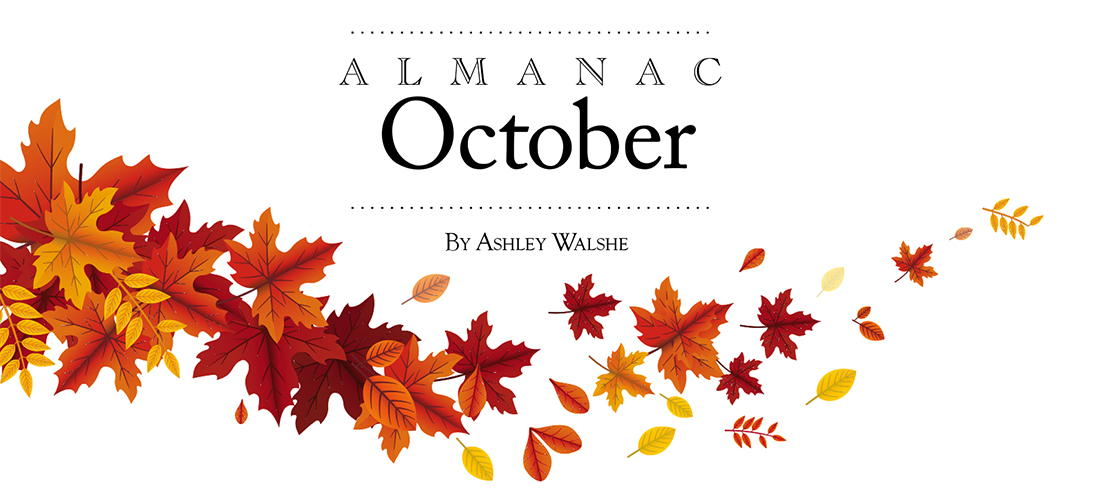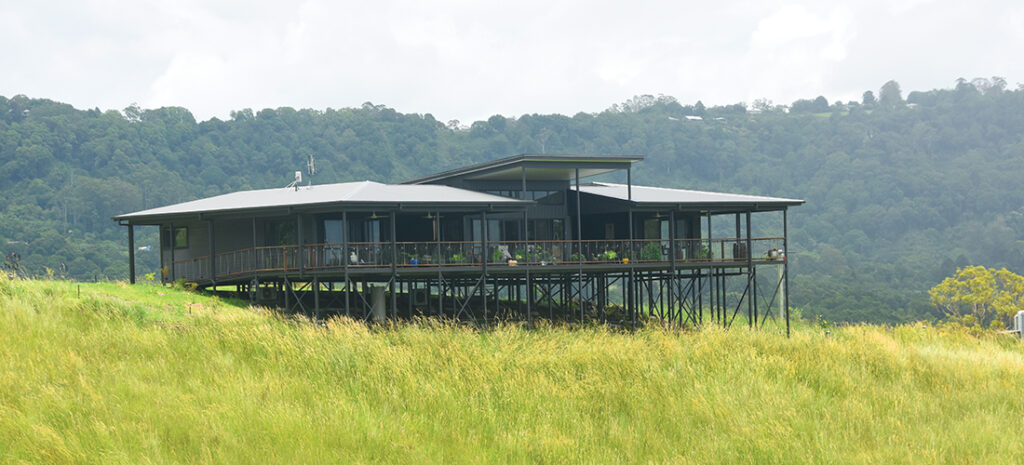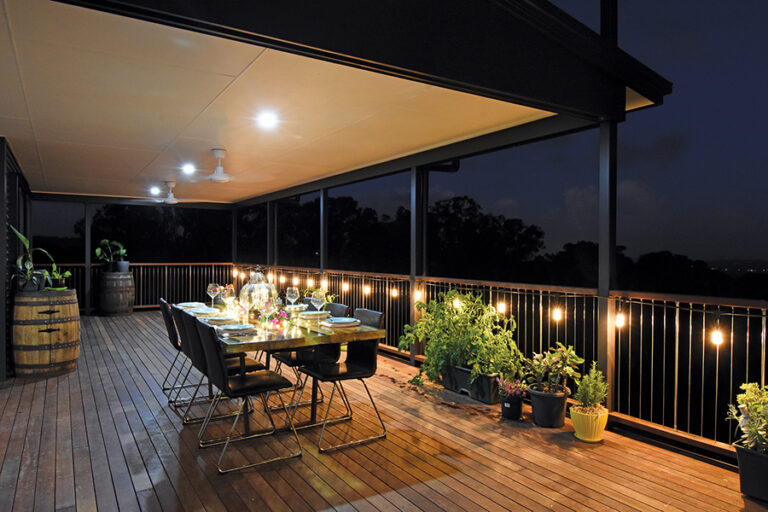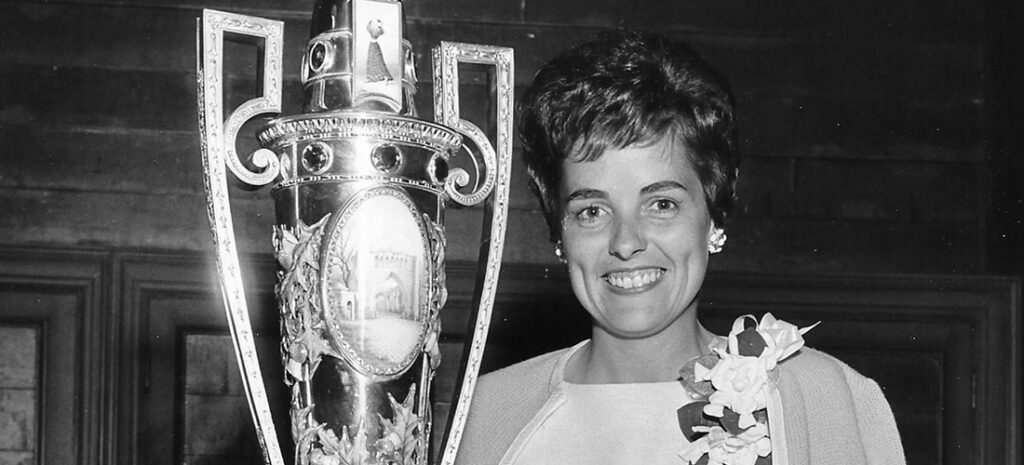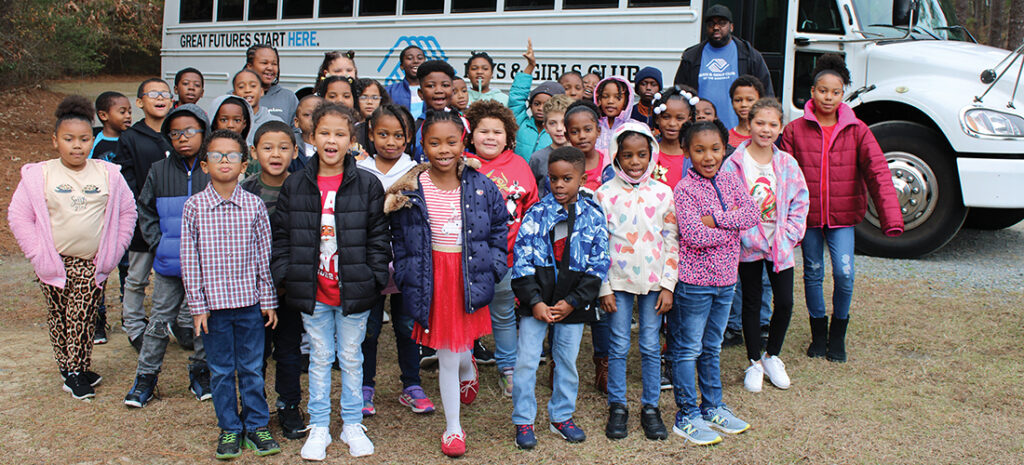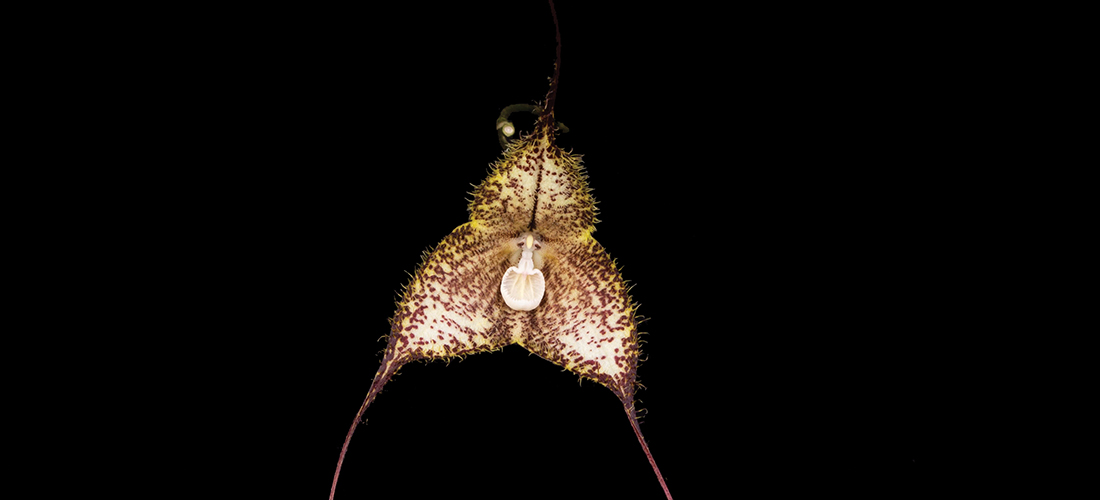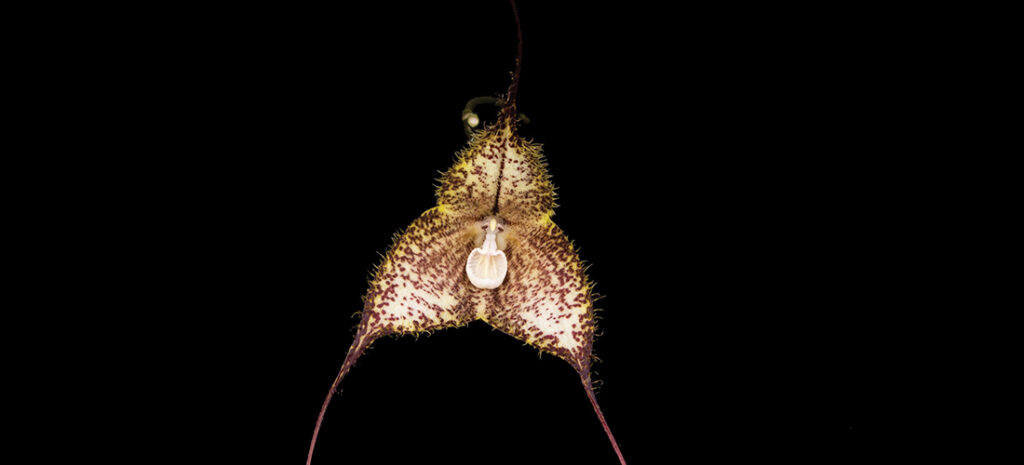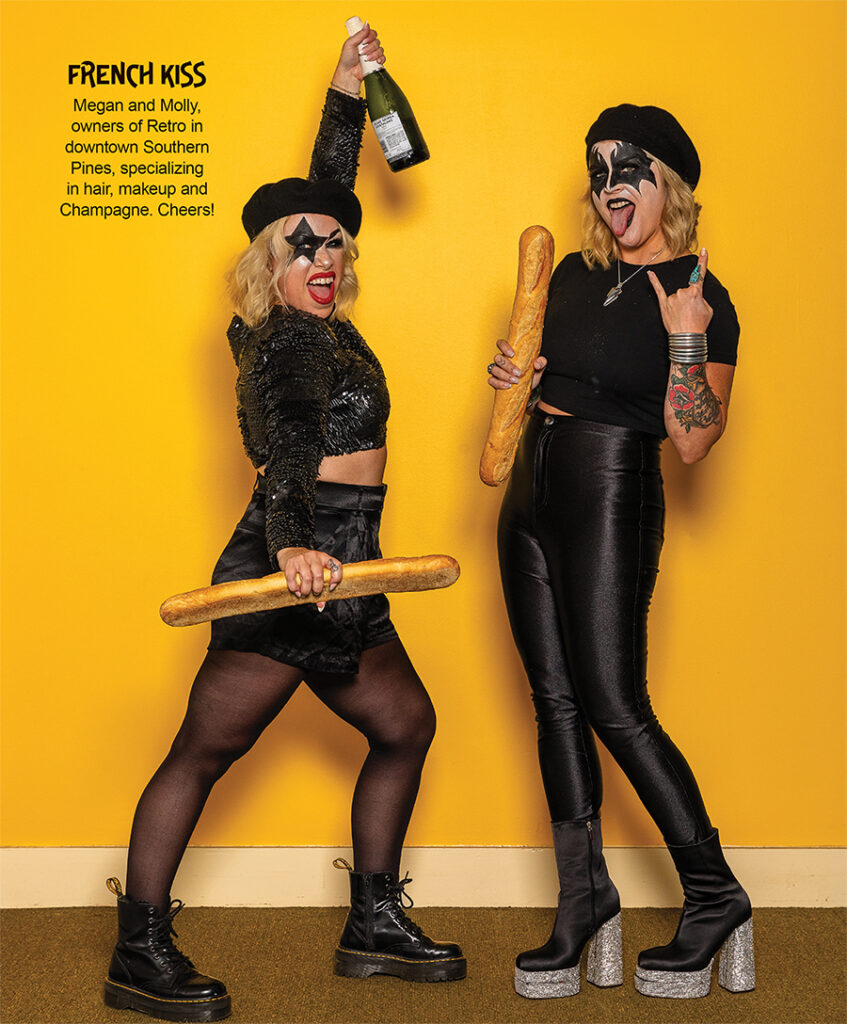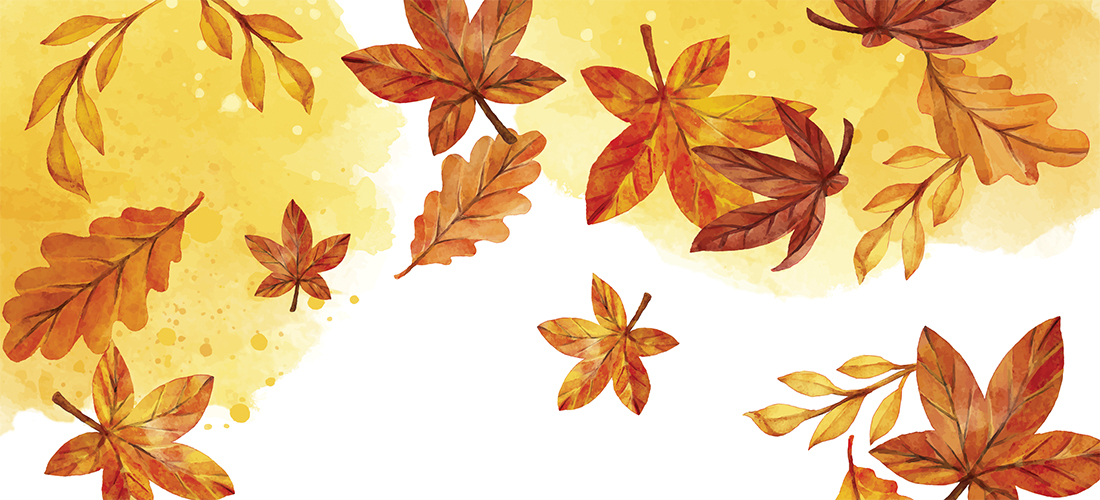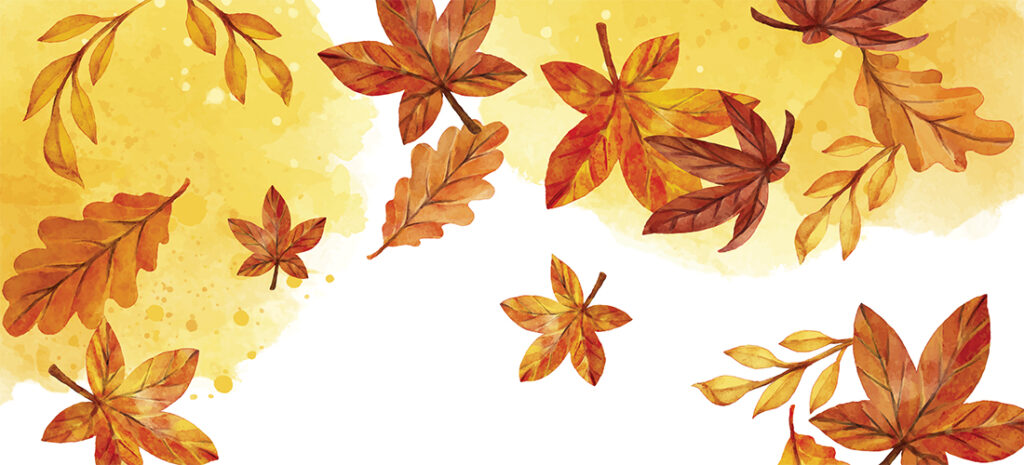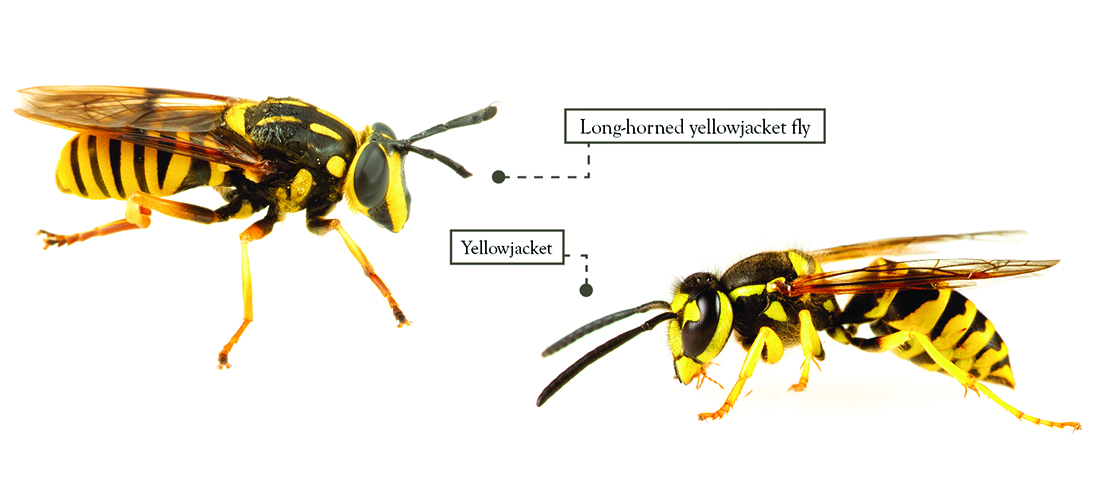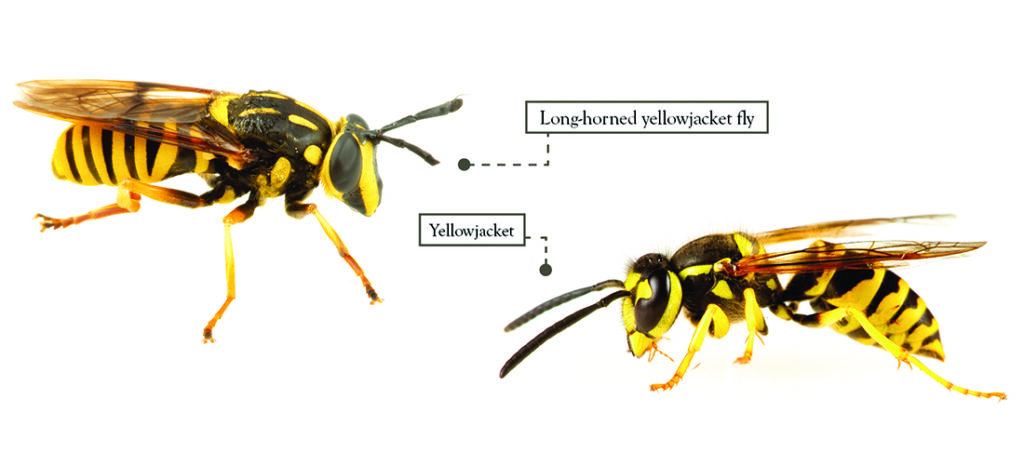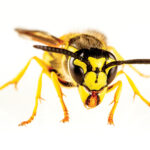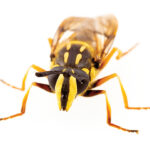McIntire’s first Florida event, the Doherty Challenge Cup in Miami, ranks among her most vivid memories. Intimidated by the players warming up on the range, there was one in particular who stood out: a 27-year-old Findlay, Ohio, native named Peggy Kirk (later Bell), the reigning queen of female golfers in Barbara’s home state. Kirk had won the last two Ohio Amateurs and would achieve a “three-peat” in 1949.
“Peggy was my idol,” says McIntire.
In succeeding years, the two would play numerous rounds together and, despite their age difference, became close friends. “In one of my early rounds with Peggy, I actually whiffed a routine shot,” recalls McIntire. The faux pas caused Kirk to double over in paroxysms of laughter. “She never let me forget it,” McIntire says with a chuckle.
The youngster got over being starstruck and qualified for match play at the Doherty and a succeeding tournament in Palm Beach. “I was hooked,” she says.
During the next four years, McIntire became a presence at regional and national junior events even entering the 1950 U.S. Women’s Amateur at East Lake in Atlanta. For her first round match play opponent, the 15-year-old drew the legendary Glenna Collett Vare, then 47 and winner of six U.S. Amateur championships, arguably America’s greatest female golfer during the first half of the 20th century. Given the 32-year age difference between the competitors, it was definitely a match “of the ages,” if not for them.
Initially McIntire was intimidated by Vare. “She gave me the impression of a strict schoolteacher. I was scared I would do something Glenna would consider an etiquette breach,” says McIntire. After trailing early, her jitteriness in the presence of the great champion dissipated as she rallied to win the match. “Glenna got tired,” she says. “I think she wore out.” It was as far as McIntire would advance but, playing the great Vare, it was far enough.
McIntire compiled an impressive record in junior tournaments, winning the Western Junior Championship and finishing runner-up in the U.S. Girls’ Junior Championships in both 1951 and ’52. In the latter event, she lost in the finals to Mickey Wright, perhaps the best woman player of the second half of the 20th century, whom she came to know well. “I worked hard on my game,” McIntire says, “but Mickey worked harder.”
Venturing outside the junior ranks, McIntire lost in the finals of the 1951 Toledo District championship to Peggy Kirk, but the next year, the 17-year-old captured the district title. McIntire followed Kirk’s footsteps in another way by enrolling at Florida’s Rollins College. Her idol was the school’s first great female golfer, and McIntire starred on the 1954 squad.
At 21 she entered the 1956 United States Women’s Open at Northland Country Club in Duluth, Minnesota. Her 36-hole score of 154 easily made the cut at the halfway point on the very difficult, heavily wooded course. She carded a 77 in the third round, which left her eight shots behind leader Kathy Cornelius. Though seemingly too far back to contend for the championship, she was well-positioned to finish low amateur.
When McIntire arrived at Northland’s 16th tee in the final round she was playing well — even par for the day — and had actually trimmed her eight-stroke deficit to Cornelius down to six. But no one, most of all McIntire, thought she could catch the leader. McIntire birdied 16, parred 17 and reached the green of the par-5 18th in two. Then, to the astonishment of the crowd, she drained her 30-foot putt for an eagle and a final round of 71, three shots under Northland’s par of 74.
The low amateur medal was assured, but there seemed no likelihood McIntire’s torrid finish would overtake Cornelius, who was still two shots clear when she came to the 18th. Feeling the pressure of the moment, Cornelius double-bogeyed the home hole. Stunningly, they were tied at 302. The two women would face off in an 18-hole playoff the next day.
“I was as amazed as anybody when I was told I was in the playoff,” McIntire says. “I went upstairs and practically hid in my locker. It was kind of like going to college before you had finished high school.”
In her autobiography, Breaking the Mold, Judy Bell wrote that the following morning, “Barbara was pretty keyed up so we hung around with her, trying to keep her relaxed just by being there. It was even more important to stay close to her because her parents weren’t there.”
A significant number of LPGA players stayed to root for Cornelius. It wouldn’t do to have an upstart amateur defeat a touring pro in the most important tournament in women’s golf. The pros’ wild cheering for Cornelius’ good shots stood in marked contrast to their stony silence for McIntire. This rudeness disturbed Bell, who wrote that the pros “came very close to cheering when (Barbara) hit a bad shot. Perhaps because of the way the pros reacted, we amateurs became more determined to make a point of applauding Kathy’s good shots as well as Barbara’s.” The LPGA players’ behavior did not go unnoticed by McIntire. Her bid to become the first female amateur to win the U.S. Open was foiled. Cornelius won by seven.
Despite her defeat, McIntire had become a prominent figure in women’s golf. Overtures came her way to turn professional, but she steadfastly resisted them. Eking out a living on the LPGA Tour was no sure thing. Cornelius received just $1,600 for winning the Open. The conduct of the LPGA players during the playoff also factored in. Moreover, close friends like Bell, Preuss, Anne Quast and Polly Riley had all retained their amateur status.
McIntire left Rollins College before completing her degree in business administration, intent on playing golf, just not tour golf. Her father, on the other hand, was not inclined to subsidize that pursuit. McIntire would have to get a job. She contacted Peggy Kirk Bell, who with husband Warren “Bullet” Bell had recently acquired the Pine Needles Lodge & Golf Club. Peggy had no openings and advised McIntire to contact Frank and Masie Cosgrove, proprietors of the resort across Midland Road, Mid-Pines Inn and Golf Club. It happened the Cosgroves were looking for a receptionist, and they hired McIntire for the 1956-57 winter season.
Her time at Mid-Pines coincided with Julius Boros’ tenure as the resort’s head pro. Then in the midst of his career, Boros was on-site only sporadically. But when McIntire did encounter the syrupy swinging Hall of Famer, she got off on the wrong foot.
“I was a smoker and left a butt on the floor,” she recalls. “Julius happened to step on it and was not happy.” McIntire enjoyed a more amiable connection with Julius’ younger brother, Ernie Boros, an assistant pro at Mid-Pines. “Yes, we did have something,” says McIntire. “But things did not work out.”
However, her golf experience in the Sandhills did. In addition to regular rounds at Mid-Pines and Pine Needles, she often played Pinehurst’s No. 2 course. Her familiarity with the storied Donald Ross layout paid dividends in April 1957, when she won the North & South Women’s Amateur Championship, beating Ann Casey Johnstone 3 and 2 in the final match. The victory marked McIntire’s first important title in a non-junior event and proved a harbinger of success to come.
It was also the year that Bob McIntire sold his business in Toledo, moved to Florida, and teamed up with his father to develop Ocean View Ridge. According to one publication, the housing project was located “about a 3-iron shot from Seminole Golf Club.” Barbara came south with her parents, obtained a real estate license and dutifully showed homes to prospective buyers when not on the course. Her primary focus, however, was making America’s 1958 Curtis Cup team. A victory at the Women’s Western Amateur cemented her selection. She would acquit herself well in Cup matches at Massachusetts’ Brae Burn Country Club, winning in foursomes and halving her singles match.
The upward arc of McIntire’s golf reached its apex at the 1959 Women’s U.S. Amateur, contested in the August heat at Congressional Country Club near Washington, D.C. She won her first three matches with ease but struggled mightily in the quarterfinals. Trailing 3 down to defending champion Anne Quast, McIntire cut into the lead but remained 1 down as the two women arrived at the final hole of their 36-hole match. Quast misplayed her tee shot, opening the door for McIntire to square the match and escape with a victory two extra holes later. McIntire survived another close call in the semis to reach the championship final against Joanne Goodwin. There, her clutch putting provided the impetus for a dominating 4 and 3 victory. Barbara McIntire was the national amateur champion.
When the 1960 U.S. Curtis Cup team ventured across the pond to Yorkshire, England, for the semi-annual matches against the Great Britain and Ireland side, the easygoing camaraderie exhibited by the seven women on the U.S. team (as well as their Bermuda shorts and knee socks) raised some British eyebrows. The players called themselves the Seven Dwarfs. McIntire was Grumpy; Quast was Bashful; Joanne Gunderson (later Carner) was Sleepy; and Bell was Dopey. Gunderson felt Bell’s nickname a misnomer because “Dopey never talked and Judy never stopped.” The close-knit U.S. team won easily.
The American players stayed over in order to play in the British Women’s Amateur Championship, that year held at Royal St. David’s Golf Club in Wales. Ancient and foreboding Harlech Castle overlooked the fast-running links below. Three of the four semifinalists were American Curtis Cuppers: McIntire, Quas, and Gunderson. The fourth was Irish champion Philomena Garvey. In the semis, Barbara dispatched Quast 4 and 3, while Garvey upset the powerful Gunderson 3 and 2.
According to Golf Illustrated, the 36-hole final between McIntire and Garvey “was disappointingly dreary for 27 holes,” as McIntire raced out to an 8-up lead. But then Philomena caught fire, unleashing a barrage of birdies. Garvey would eventually cut McIntire’s lead to three up with three holes to play. McIntire wondered whether any golfer in history with such an insurmountable lead had ever lost. To the American’s relief, Philomena’s improbable comeback ended after a 16th-hole bogey. McIntire had won her second national title, becoming only the eighth player to hold the women’s American and British Amateur crowns simultaneously.
McIntire’s place in golf’s pecking order skyrocketed as a result of her nine months of great play. No longer just a promising contender, she stood atop women’s amateur golf. “I guess I just figured it out,” she says with a Mona Lisa smile.
Media attention had already come McIntire’s way. Shortly before leaving for the Curtis Cup, ABC requested she compete as a contestant on the popular television show To Tell the Truth. Her appearance resulted in a minor dust-up. In answering a question posed by actress Polly Bergen, McIntire replied that she had never heard of a 7 1/2 iron. All the celebrity questioners chose an imposter as the “real Barbara McIntire.” A miffed Bergen, presumably led astray by the fact that some wood clubs (but not irons) had fractional numberings, protested to the network that McIntire had failed to “tell the truth.” But it was Bergen, not McIntire, who was mistaken.
More notoriety came when Sports Illustrated put the 25-year-old McIntire on the cover of its August 22, 1960, issue with the tag “Girl Golf Star.” The accompanying eight-page article by Alfred Wright, an example of writing that does not stand the test of time, paid particular attention to McIntire’s looks. Wright noted she seemed taller than her 5-foot, 6-inch height “because of her long, graceful legs” and that her “dark brown hair, precisely coiffured in what is known as a wind-blown bob, looks as brushed and combed on the golf course as it does at a dance.” Wright even mentioned his subject’s “long nails . . . lacquered in a pale red shade.”
Wright was far from being the only writer of the time to fixate on McIntire’s appearance. “I paid no attention to that at all, one way or the other,” she says. “My focus was on my game.”
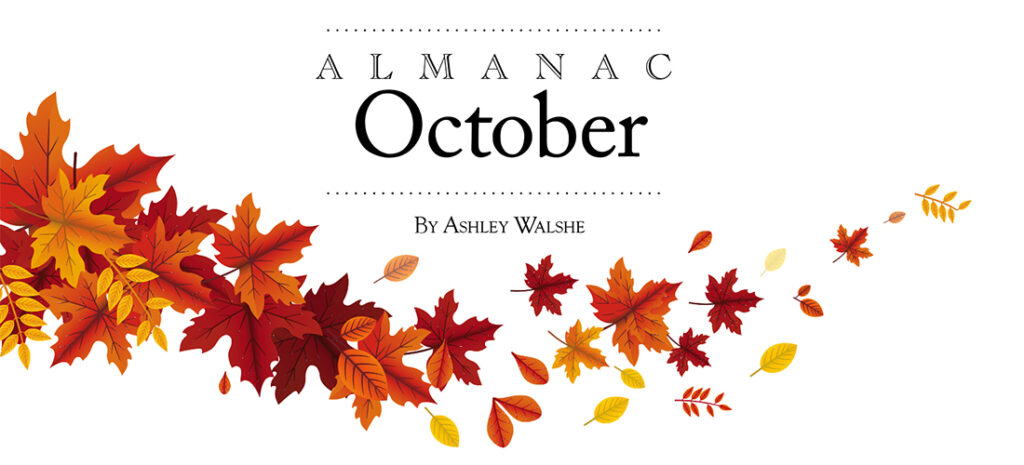
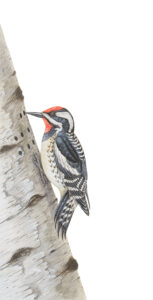 October dares you not to look away.
October dares you not to look away. 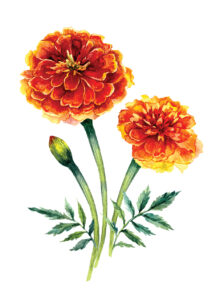 There is a far sweet song in autumn
There is a far sweet song in autumn
